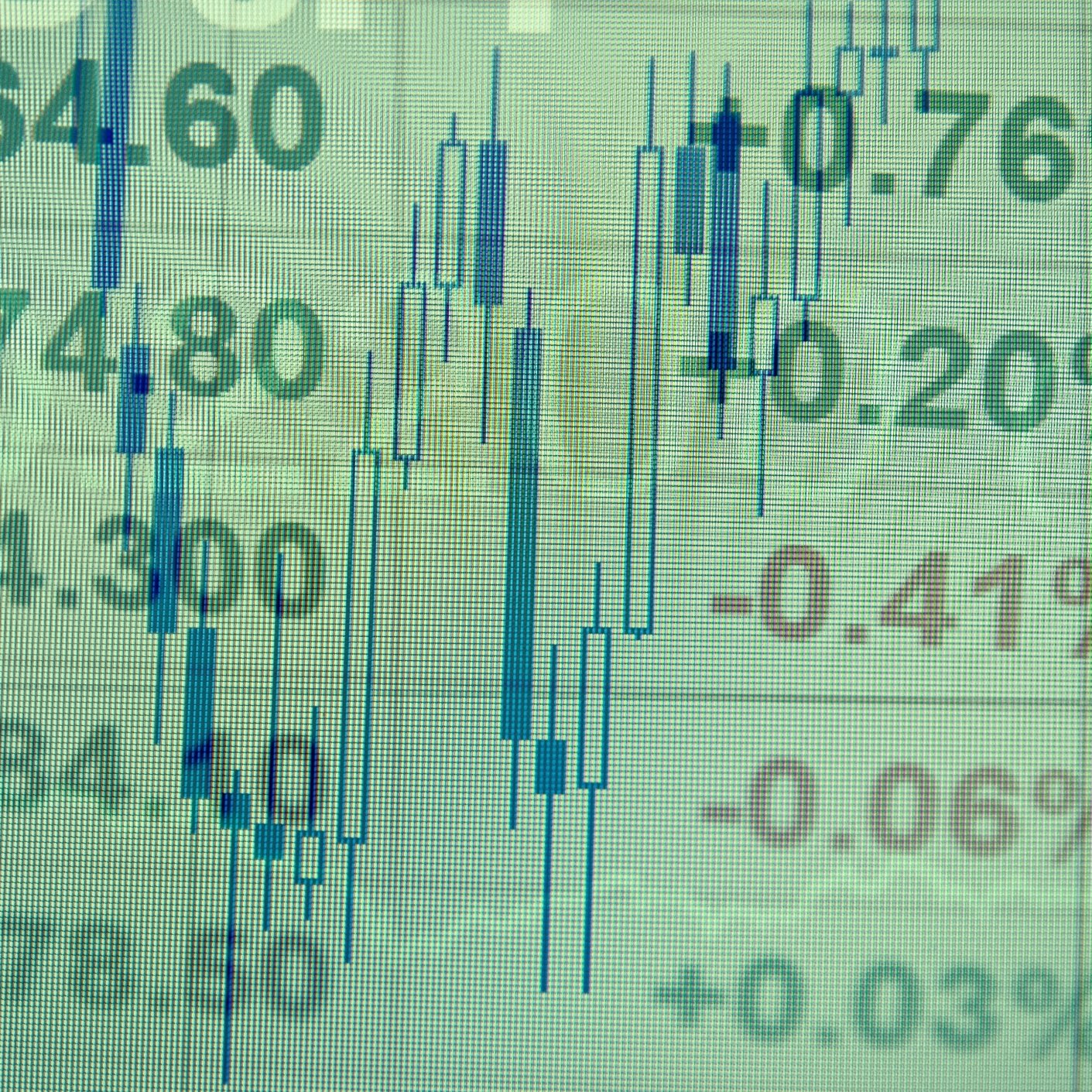Investing
Credit Suisse Identifies Stock Market Valuation Warning Signs

Published:
Last Updated:

With the stock and bond markets being on hold and looking for direction ahead of this week’s Federal Open Market Committee (FOMC) decision on interest rates, it may be a good time to review and consider how the stock market is currently valued. Last week, Standard & Poor’s sent out a note that the S&P 500 reached a value of 18 times the its projected earnings per share ratio for expected 2016 earnings (S&P’s latest note shows that the index is valued at 17.4 times forward 12-month earnings). Then came a note on Monday, June 13, from Credit Suisse signaling that the stock market’s valuation looks stretched.
Investors need to keep in mind that the S&P 500 is seeing its earnings expectations weighed down heavily due to an overall loss in energy (oil and gas) earnings, and considerably lower earnings for materials (metals and commodities). S&P said that aggregate first-quarter S&P 500 earnings were down 5.4%.
So, what is it that Credit Suisse so worried about? The answer may be that the firm is worried about the numbers more than about overall fundamentals. Credit Suisse even noted that the stock market may still have some room to run higher. Investors should not get too complacent here, as the title of the note was “S&P 500 Valuations Approaching Troublesome Territory.”
Credit Suisse said that it has received client and investor inquiries on where valuations stand, for both the broader market and for individual sectors. Large cap stocks, also measured by the S&P 500, is said to be sitting at 1.49 standard deviations above its 30 year average, or just under and early-2015 high of 1.54. Credit Suisse’s strategy report said:
The current reading on this model is consistent with mid single digit gains in the S&P 500 over the next 12 months. But what concerns us is that with this latest move, our model is fast approaching a level that calls for caution on a 12 month forward time frame. In the past, when this model has crossed the 1.5 standard deviation mark, the S&P 500 has fallen on a 12 month forward basis 58% of the time, with an average drop of 4%.
All in all, the firm sees valuations as stretched from both near-term and long-term price-to-earnings (P/E) ratios, as well as in price-to-sales and in price-to-book-value ratios. Its biggest concern is the long-term market price-to-sales ratio, at 2.2 standard deviations above its 30-year average and hitting all time highs. Credit Suisse said:
Although we think it’s possible that large cap valuations haven’t topped out just yet, we do continue to view stock market valuations as a negative in our six DRIVERs framework, and believe that they remain a key headwind for US equities for the balance of 2016, essentially keeping US equities vulnerable to bad news.
Perhaps investors have heard that there is always a bull market somewhere. Credit Suisse, along with other firms of late, pointed out that small-cap valuations continue to look undervalued, compared with large cap stocks. Unfortunately, the analyst also said those valuations have gotten a little bit more expensive:
Our Russell 2000 model is now 0.75 standard deviations above its 30 year average, in a range where small caps have typically gained 5% over the next 12 months.
While small caps don’t look cheap relative to their own history, they do look cheap relative to large caps. Our R2000 vs. S&P 500 relative valuation model is still at its cheapest reading since the Tech bubble and near its 1990 low. We continue to prefer small over large on a 6-12 month view, and our valuation model is key to this call.
We continue to think the valuation appeal of small caps is broad-based. Small caps still look cheap relative to large cap in 15 out of 24 industry groups using a relative forward P/E time series that starts in 2004. On a 30 year basis, small caps look undervalued vs. large caps within Commercial & Professional Services, Energy, Transportation, Food & Staples Retail, Telecom Services and Materials.
Again, there is always a bull market somewhere — or at least the chance for one. Credit Suisse did identify a few sectors that look cheap. Among these are the hardware companies within technology, the retail sector (due to industrywide woes) and the transportation sector, and diversified financials look undervalued in both small-cap and large cap.
There is a warning against the valuations in all of those great defensive stocks that investors have piled into as the new version of what might have been for certificate of deposits in the past. Credit Suisse is joining in on the call that many defensive groups stand out as among those most expensive relative to the broader market. It went on to name utilities and large-cap food, beverage and tobacco shares, and also the large-cap food and staples retail sector.
Materials were also said to look extremely expensive in large cap, and they were called pricey in small cap. Large-cap energy stocks were also said to be pricey. Energy now looks pricey in large cap, while not yet back to historical peaks.
A financial advisor can help you understand the advantages and disadvantages of investment properties. Finding a qualified financial advisor doesn’t have to be hard. SmartAsset’s free tool matches you with up to three financial advisors who serve your area, and you can interview your advisor matches at no cost to decide which one is right for you. If you’re ready to find an advisor who can help you achieve your financial goals, get started now.
Investing in real estate can diversify your portfolio. But expanding your horizons may add additional costs. If you’re an investor looking to minimize expenses, consider checking out online brokerages. They often offer low investment fees, helping you maximize your profit.
Thank you for reading! Have some feedback for us?
Contact the 24/7 Wall St. editorial team.